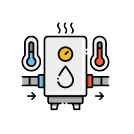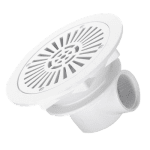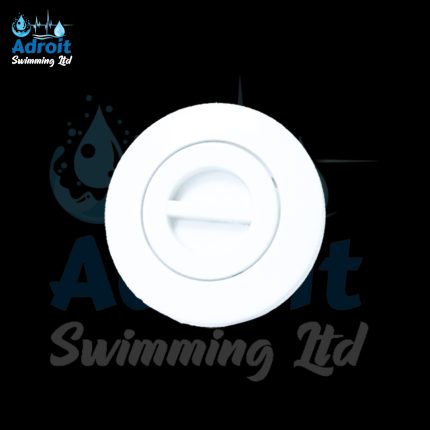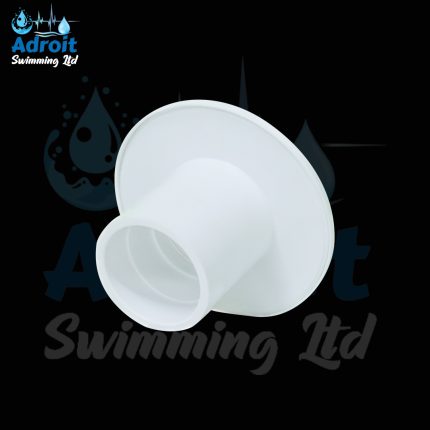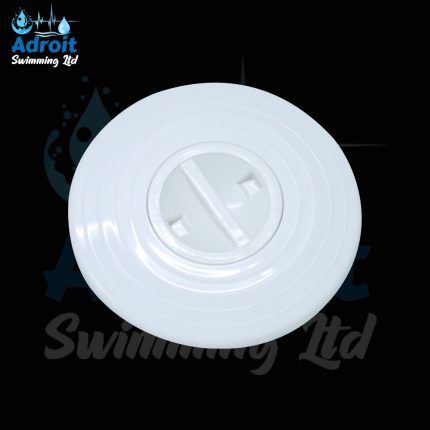Vacuum Inlet
A vacuum inlet is a key component in swimming pool maintenance systems, particularly in the context of manual or automatic pool cleaning. Designed to facilitate the suction of debris and dirt from the pool floor and walls, vacuum inlets play a crucial role in keeping the pool water clean and clear. By connecting to a vacuum hose, these inlets help to create a powerful suction that removes unwanted particles, enhancing the overall hygiene and aesthetic appeal of the pool.
Swimming Pool Vacuum Inlets: Essential Components for Effective Pool Maintenance
Swimming pool vacuum inlets are crucial fixtures in pool maintenance systems, designed to facilitate the cleaning and circulation of water within the pool. These inlets play a vital role in maintaining water quality, clarity, and overall cleanliness, ensuring a safe and enjoyable swimming environment. This article will explore the purpose, types, features, benefits, installation, and maintenance of swimming pool vacuum inlets.Purpose of Swimming Pool Vacuum Inlets
The primary function of a swimming pool vacuum inlet is to provide a connection point for vacuum cleaning systems. These systems are essential for removing dirt, debris, and contaminants that accumulate at the bottom and sides of the pool. The vacuum inlet allows the suction created by the pool's filtration system to draw in water and debris through a hose connected to the vacuum cleaner. The inlet serves several important purposes:- Debris Removal: Vacuum inlets enable efficient removal of dirt, leaves, algae, and other unwanted materials from the pool, keeping the water clean and clear.
- Improved Water Circulation: By allowing vacuum cleaners to operate effectively, these inlets contribute to better water circulation. This helps distribute chemicals evenly throughout the pool, enhancing water quality and hygiene.
- Enhanced Filtration: As the vacuum inlet draws water in, it directs it to the filtration system, where impurities are filtered out before the water is returned to the pool. This process helps maintain a healthy swimming environment.
- Preventing Algae Growth: Regular cleaning facilitated by vacuum inlets helps prevent the buildup of organic matter that can lead to algae growth, keeping the pool water clear and safe for swimmers.
Types of Swimming Pool Vacuum Inlets
- Standard Vacuum Inlets: These are the most common type of vacuum inlets, typically made from durable plastic. They are designed to be installed on the pool floor, allowing for easy connection to a vacuum hose.
- In-Floor Cleaning Systems: Some pools feature in-floor cleaning systems that use a series of built-in jets and vacuum inlets. These systems automatically clean the pool by circulating water and directing it towards the main drain and filtration system.
- Side-Mounted Inlets: In some installations, vacuum inlets may be positioned on the sides of the pool. These side-mounted inlets allow for vacuuming without disturbing the pool’s floor surfaces and are often used in conjunction with robotic cleaners.
- Dual Vacuum Inlets: Larger pools may be equipped with dual vacuum inlets, providing additional suction and coverage for effective cleaning. This configuration helps ensure that the entire pool area can be efficiently cleaned.
Key Features of Swimming Pool Vacuum Inlets
- Durable Construction: Vacuum inlets are typically made from high-quality, UV-resistant materials to withstand exposure to chlorine, sunlight, and the wear and tear of regular use.
- Easy Connection: Most vacuum inlets feature standard-sized openings that allow for quick and secure connection to vacuum hoses. This ease of use is essential for efficient cleaning operations.
- Adjustable Flow Control: Some vacuum inlets come with adjustable flow controls, enabling pool owners to customize the suction strength according to their cleaning needs.
- Low Profile Design: Vacuum inlets often have a low profile design that minimizes obstruction within the pool. This feature ensures that swimmers can enjoy the pool without interference from cleaning equipment.
- Compatibility: Vacuum inlets are designed to be compatible with a variety of pool cleaning systems, including manual vacuums, automatic cleaners, and robotic vacuums.
Benefits of Swimming Pool Vacuum Inlets
- Enhanced Cleaning Efficiency: Vacuum inlets enable effective cleaning of pool surfaces, ensuring that dirt and debris are efficiently removed from the pool water. This leads to improved overall cleanliness and water quality.
- Time Savings: With vacuum inlets, pool owners can easily connect their cleaning systems and maintain their pools with minimal effort. This convenience saves time and reduces the frequency of manual cleaning.
- Prolonged Equipment Life: By ensuring that debris is regularly removed from the pool, vacuum inlets help reduce wear and tear on filtration systems and other equipment, ultimately prolonging their lifespan.
- Improved Water Clarity: Regular vacuuming facilitated by vacuum inlets helps maintain clear water by effectively removing particles and contaminants. This contributes to a more enjoyable swimming experience.
- Cost-Effective Maintenance: Maintaining a clean pool with vacuum inlets reduces the need for extensive chemical treatments and repairs caused by neglected debris buildup. This can lead to long-term cost savings for pool owners.
Installation of Swimming Pool Vacuum Inlets
- Planning the Layout: Determine the best locations for the vacuum inlets, considering the size and shape of the pool. Ideally, inlets should be positioned for optimal coverage of the pool’s surfaces.
- Preparing the Site: If installing new inlets, mark the spots where the inlets will be placed. For existing pools, ensure that the area around the inlets is clear for installation.
- Cutting the Openings: If necessary, cut openings in the pool structure for the vacuum inlets. Ensure that the openings are of the correct size to accommodate the inlets securely.
- Securing the Inlets: Insert the vacuum inlets into the openings and secure them in place using screws or adhesive, as specified by the manufacturer. Ensure that they are level and properly aligned.
- Connecting to the Filtration System: Connect the vacuum inlets to the pool’s filtration system, ensuring that all connections are secure and watertight. Test the system to confirm proper operation.
Maintenance of Swimming Pool Vacuum Inlets
- Regular Cleaning: Periodically clean the vacuum inlets to remove any debris that may accumulate around them. This ensures that they remain functional and efficient.
- Visual Inspections: Regularly inspect the inlets for signs of wear, damage, or blockages. Look for cracks or corrosion that may compromise their effectiveness.
- Checking Connections: Ensure that all connections to the filtration system remain secure and watertight. Replace any damaged hoses or fittings as needed.
- Seasonal Maintenance: Before the swimming season begins, conduct a thorough inspection of the vacuum inlets and associated systems to ensure they are in good working order.
- Professional Servicing: For any major repairs or issues, consider hiring a professional pool service technician to assess and address problems with vacuum inlets and the overall filtration system.






